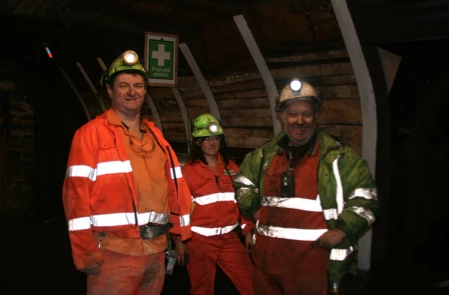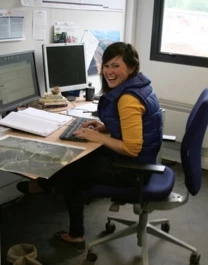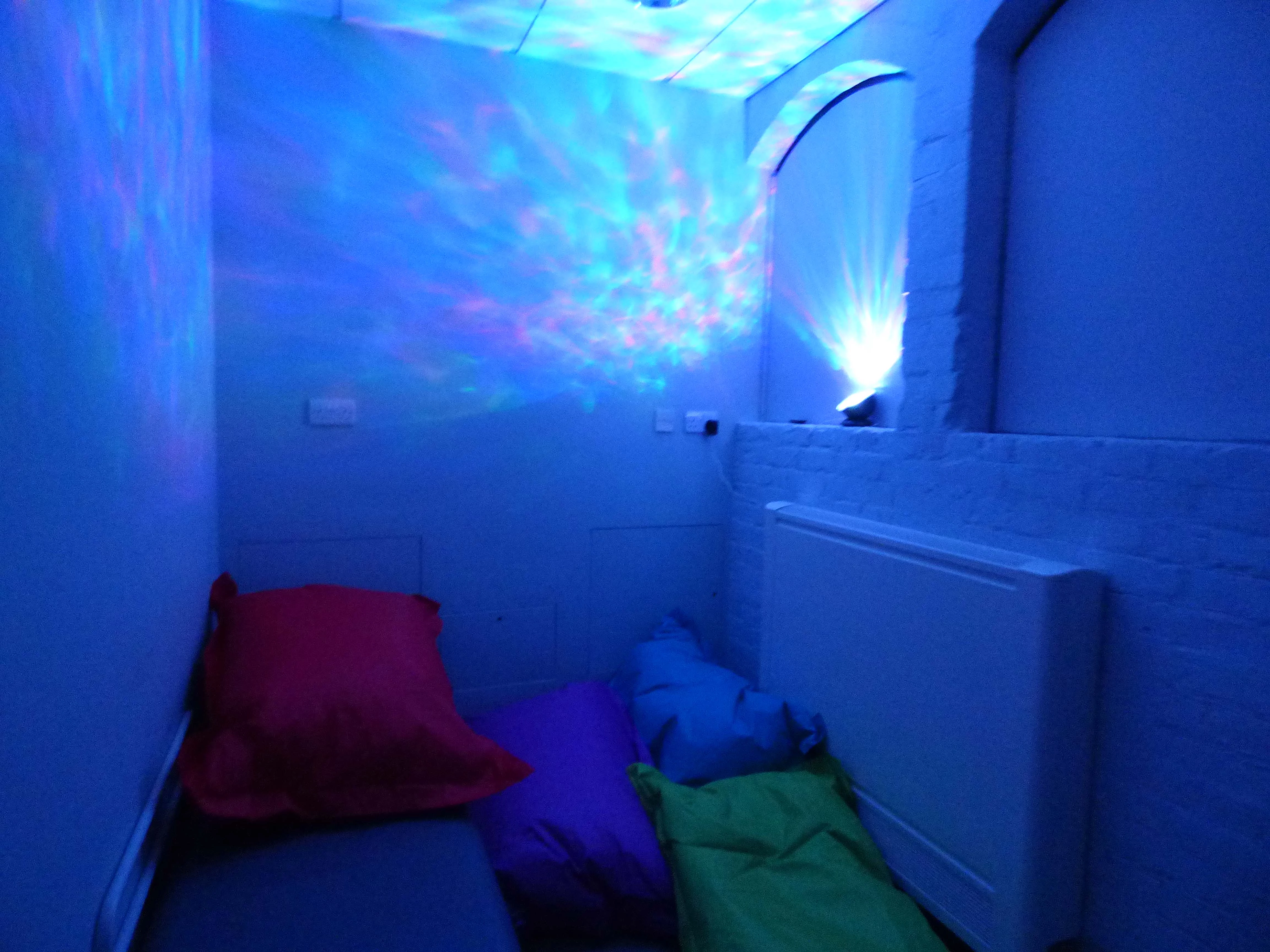Today is National Autusm Day, a chance to spread awareness and increase acceptance of Autism. Here at Amgueddfa Cymru National Museums of Wales, we believe passionately in making our museums and galleries accessible to everyone, and more than that to creating welcoming, comfortable spaces for all. To that end, a couple of years ago, with the support of autistic volunteers and family members, the National Waterfront Museum created a 'chill-out-room', and began offering 'quiet hours' each month. Here, Ian Smith Senior Curator of Modern & Contemporary Industry at the Waterfront Museum explains how this special space came about.
“In October 2016 we had a staff training day in ‘Autism Awareness’. It opened our eyes to how they see the world and how we can support their needs. It showed us how even the simplest of environmental changes can affect a person with autism. Things like light and sound levels, the colour of walls and floors. In fact the general layout of a space which might be deliberately made stimulating and flashy might cause many autistic people to retreat within themselves.
It was around this time that we welcomed a new volunteer at the museum. Rhys, 17, has autism. His mother contacted us and asked if he could volunteer with us to help his confidence when meeting people and in a real work environment. Rhys helps to run an object handling session, usually with another volunteer or a member of staff, and he has taken to it really well. We have all noticed that he’s become more outgoing and will now hold conversations with total strangers.
With the growing awareness of autism the Museum decided to create an Autism Champion. Our staff member Suzanne, who has an autistic son, readily agreed to take up the challenge. She now attends meetings with our sister museums where issues and solutions around autism are discussed.
During our training session we discovered that some organisations have created ‘chill-out’ rooms. These are for anyone who is feeling stressed or disturbed to go to and relax and gather themselves together. These rooms are especially useful for autistic people. We put a small group together to look at creating a safe, quiet space somewhere in the Waterfront Museum. After considering options, we decided that a little used first aid room on the ground floor offered the best place.
Rhys came into his own. He offered us a number of suggestions on how we could change the space to make it autism friendly. These included making the light levels controllable and sound proofing the room so that gentle music or relaxing sounds could be played. Suzanne too came up with a number of ideas from her own experience of looking after her son. Additionally, a local special school, Pen-y-Bryn, with whom we had an established relationship also offered us their valuable expertise.
The room we’ve created is a very soothing space and we find it gets regular use by people with a range of needs, and is clearly much appreciated as shown by the comments in the visitor’s book:
“Fantastic resource! My daughter really needed this today – thank you!”
“Lovely place to get away from the hustle and bustle for a little one.”
“Lovely idea for people on the spectrum to come for quiet.”
“Really helped my son to have some time out.”
This has been a very big learning curve for most of us, but it has been made much easier by talking to people who have direct experience of autism. Their input as part of our team has been invaluable.”
The Museum is of course, closed right now, but for those of you interested, the times for our 'quiet hours' are posted on our events pages each month. We look forward to welcoming you all back in the coming months.



